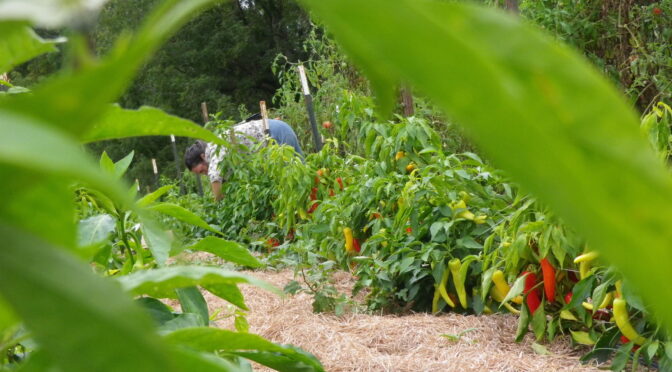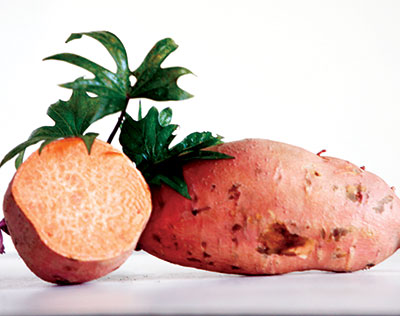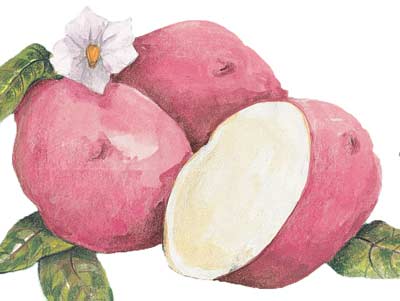Crop rotation is an essential tool in the organic gardener’s tool box. It’s an excellent way to reduce pest and disease pressure without resorting to pesticides, fungicides, or other chemical amendments. There are many methods of crop rotation but we prefer to rotate crops on a 2 to 4-year plan by plant family. This is a simple method for small gardeners and market growers alike, whether you’re working with flowers, herbs, or vegetables.
What is Crop Rotation?
Crop rotation is a system of gardening organization and planting that ensures you don’t grow specific types of plants in the same bed for multiple years in a row. Some farmers like to rotate by nutritional needs (ex. Heavy feeders, light feeders, and givers), but we prefer to rotate by family (related groups of plants).
For a large commercial garden or home vegetable garden, we encourage growers to rotate on a four-year plan, meaning that you don’t grow a type of crop in the same bed for four years.
If this isn’t feasible, do what you’re able. A two or three-year rotation is better than none!
Keeping track of your rotation each year is essential. Keep a garden journal (graph paper is helpful for sketching beds) or a garden planner app.
Benefits of Crop Rotation
Why can’t you just keep planting crops in the same spot? When we plant the same crop in a bed year after year, it uses the same nutrients and encourages disease and pests to build up in the soil.
Crop rotation can eliminate these issues and make your garden healthier. It may:
- Reduce the risk of pests and diseases.
- Improve soil health and fertility.
- Reduce the need for chemical amendments.
- Increase yields.
- Improve soil carbon sequestration.
There’s even some new evidence that crop rotation may help reduce risks of crop loss in a changing climate.
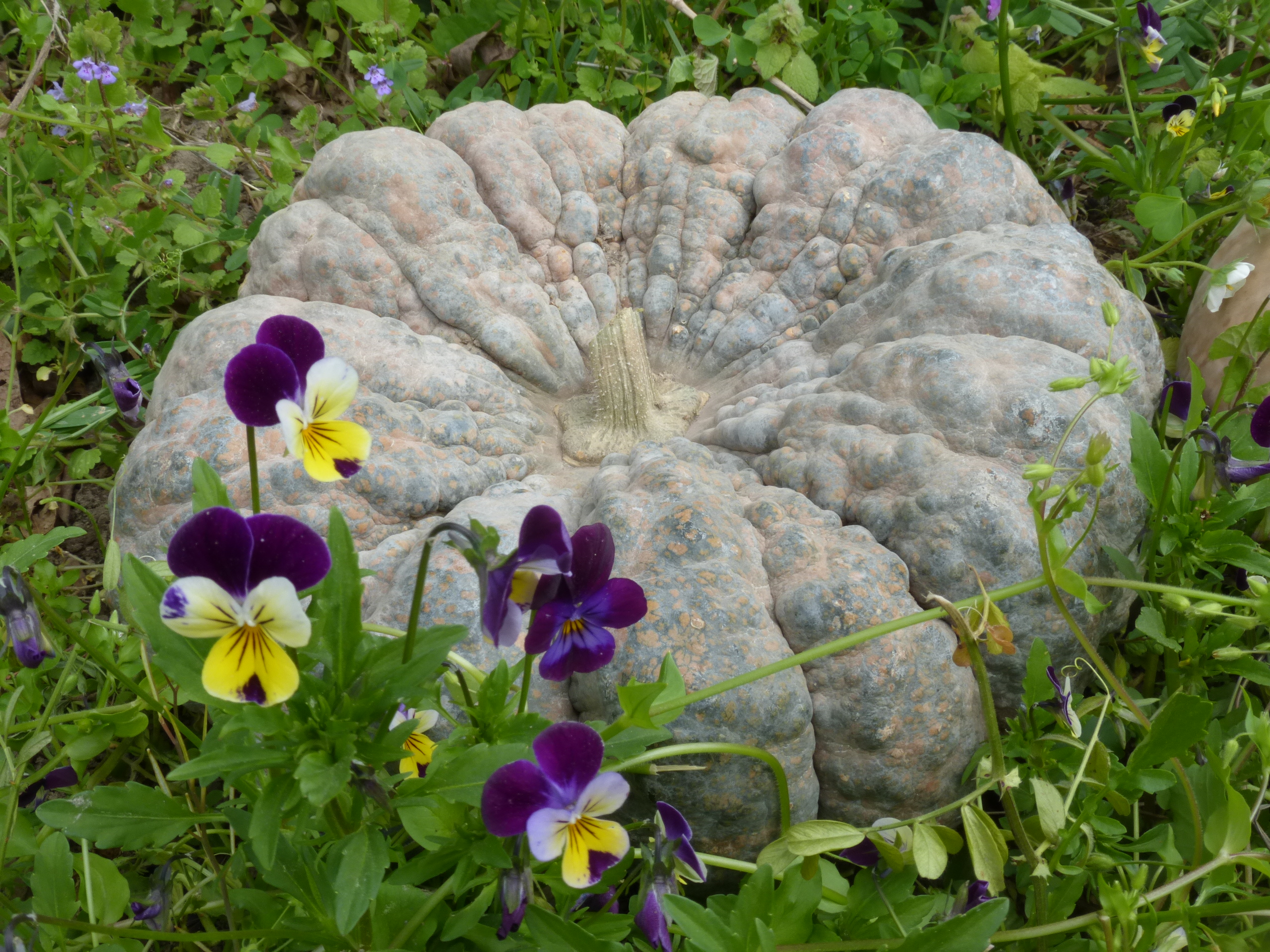 What are the Different Plant Families?
What are the Different Plant Families?
Most of the common vegetable crops and even some flowers and herbs fall into a few larger plant families. Prevalent pest and disease issues often affect specific families.
For example, some cucurbits like pumpkins, winter squash, and summer squash are all affected by vine borers, blight is a common fungal disease in the nightshades like tomatoes and potatoes, and many of the brassicas like broccoli, cauliflower, and cabbage are prone to cabbage worm issues.
Rotation often helps prevent theses issues. For example, garlic rust is most prevalent in garlic, but it can also infect onions and leeks when they’re planted closely or in an infected bed.
Here are the basic crop families:
The Nightshades (Solanaceae spp.)
- Tomatoes
- Tomatillos
- Ground Cherries
- Peppers
- Eggplants
- Potatoes
- Tobacco
- Garden Huckleberry
- Petunias
The Pea Family (Fabaceae spp.)
- Pole beans
- Bush beans
- Asparagus beans
- Fava beans
- Soybeans (edamame)
- Peas
- Sweet Peas
- Cowpeas
The Beet Family (Chenopodiaceae spp. or Amaranthaceae spp.)
- Beets
- Quinoa
- Swiss Chard
- Spinach
- Amaranth
The Cucurbits (Curcurbitaceae spp.)
- Cucumbers
- Zucchini
- Summer Squash
- Winter Squash
- Pumpkins
- Gourds
- Watermelon
- Melons
The Brassicas (Brassicaceae spp.)
- Cabbage
- Collards
- Brussels sprouts
- Kale
- Broccoli
- Cauliflower
- Radishes
- Kohlrabi
- Mustards
- Asian greens (bok choy)
- Turnips
- Arugula
The Carrot Family (Apiaceae spp.)
- Carrots
- Dara
- Celery
- Fennel
- Cilantro
- Parsley
- Parsnips
- Dill
The Alliums (Alliacaeae)
- Bulb Onions
- Garlic
- Leeks
- Perennial Onions
- Shallots
- Chives
The Daisy Family (Asteraceae spp.)
- Sunflowers
- Lettuce
- Endive
- Radicchio
- Asters
How to Crops Rotate by Family
There isn’t a one-size fits all formula for every garden. Just keep moving crops. For example, if you grow tomatoes (a nightshade) in a bed one year, you could grow broccoli (a brassica) the following year, then bulb onions (alliums), and then finally bush beans (pea family), before growing another nightshade, like peppers.
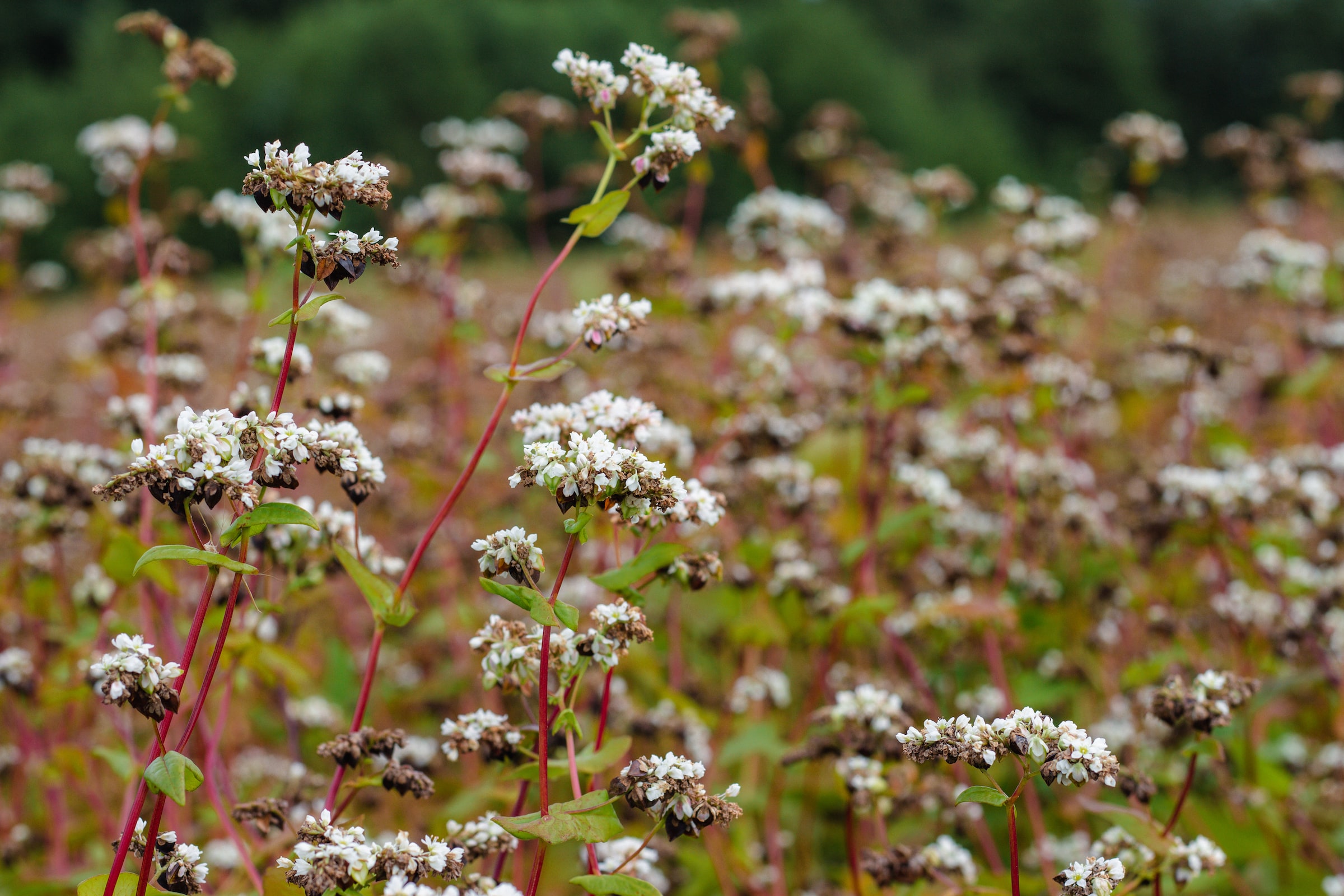 Other Considerations
Other Considerations
Rotating by family is the basic way to get the job done, but there are some other techniques you may also want to include.
Fertility Requirements
As you plan your rotation, you may want to consider the fertility requirements of different plant families. Many growers choose to rotate crops through a bed, starting with high fertility needs to low fertility needs. Often, they will rest the bed for a year or put it in a cover crop in between cycles.
Heavy feeders are vegetables that need a good bit of nitrogen to thrive, like tomatoes, sweet corn, and broccoli. Light feeders like garlic, parsnips, and Swiss chard need less nitrogen to thrive. Givers or fixers are the last category. These are the nitrogen-fixing members of the pea family. They rarely need much supplemental nitrogen as they can convert atmospheric nitrogen into its usable form.
You can also take this a step further with cover crops.
Adding Cover Crops to Your Rotation
Adding cover crops to your rotation can also make a tremendous difference in the health of your soil and productivity of your garden. In large gardens, you may decide to leave beds or sections in a cover crop for an entire year to rest the soil.
In smaller gardens, this may not be possible. Don’t fret, you can use the off-seasons and “in-between times” for cover crops.
Winter cover crops are a great way to improve soil health during the slow season. You can also plant a cover crop as soon as a crop is finished. For example, if you grow a bed of early cabbages, you can sow the bed in a cover crop like buckwheat during the summer. In late summer or fall, cut the buckwheat and use the bed for a fall crop.
Crop rotation is a simple way to improve the health of your soil and garden. As your planning next season’s garden, think about incorporating crop rotation by family for a more productive year.

